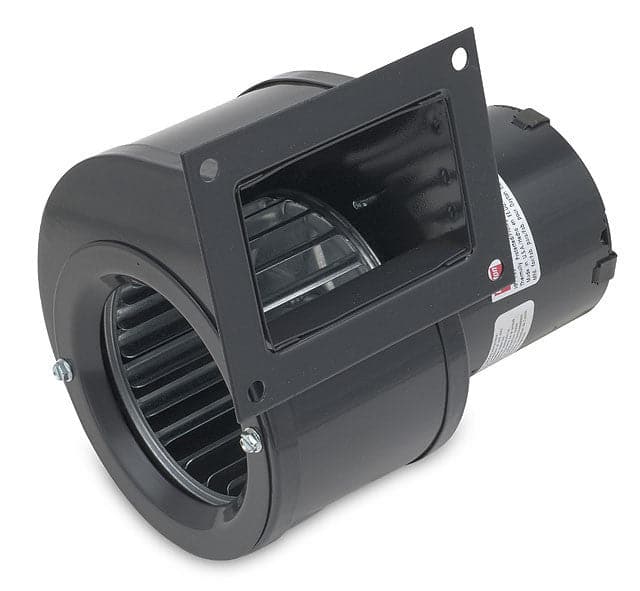Why You Should NEVER “Top OFF” Your Outdoor Wood Furnace?

Wood contains moisture - 25 to 50% of the weight of wood is moisture. When a fire burns, that moisture has to go somewhere. In normal operations, most of the moisture goes out of the chimney harmlessly as steam. However, some of that moisture condenses on the outdoor furnace walls, seals, heat exchangers, and the inside of the door!
If you have thick black tar-like creosote on the inside of your outdoor wood boiler, this is the reason why. You can click HERE for our article about this topic "3 Steps in Preparing Wood for Your Outdoor Wood Boiler."
This is one of the reasons why we recommend only burning seasoned wood, but even the most seasoned firewood still has typically 25% moisture in it.
When a load of wood burns, the highest moisture produced from the burning process is released from the wood during the first few hours of burning time. After the wood is burned down to coals, there is no moisture left in the coals and this is when the wood burns the most efficiently and is very dry.
What your outdoor boiler needs is to burn for several hours at the end of each burn cycle with only dry coals in the furnace. What this achieves is to completely dry out the moisture in your boiler. This will reduce corrosive damage to your burn pot steel.
IF you go to fill your outdoor wood burner, and it is still half full of moist, partially-burned wood, and then you “Top It Off” with more fresh wood, then your wood burner NEVER HAS A CHANCE TO DRY OUT.
So the bottom line is that when you load your outdoor wood stove, only load it with enough wood so that the wood will have burned down to a bed of coals only for the last few hours of burning before being reloaded with new wood.
A word of caution: NEVER allow your furnace water jacket temp to drop below 140 degrees (after startup in the fall). When this happens, and a fresh batch of wood is added to the furnace, the moisture in the new wood will condense on the furnace walls in large quantities thus making your maintenance job enormous.
If you have an advanced EPA-Certified GX Series furnace, those furnaces will not function properly if run at temps below 140 degrees. Never operate your outdoor wood burning boiler with water jacket temps below 140 degrees (see video: “3 Reasons to Keep your Furnace ABOVE 140 Degrees!!!”)
This will help you protect your investment in your outdoor wood furnace, reduce maintenance, and improve the efficiency of your heating system so you burn less wood! This will allow you to save tons of money on your heating bills!
Visit OutdoorBoiler.com to browse for more outdoor wood boiler parts!
Free Support and Fast Answers
With FREE Technical Support, our hundreds of videos, articles, operations & maintenance tips, and FREE Design Services, we guarantee that we will provide you the right answer to your question or solution to your problem."
Free Water Testing
One of the most important steps in prolonging the life of your outdoor boiler is to ensure that the water in your boiler is not corroding the steel. Water starts to eat holes in steel immediately upon contact (through rust corrosion) unless properly treated. We test your outdoor boiler water for free!






















